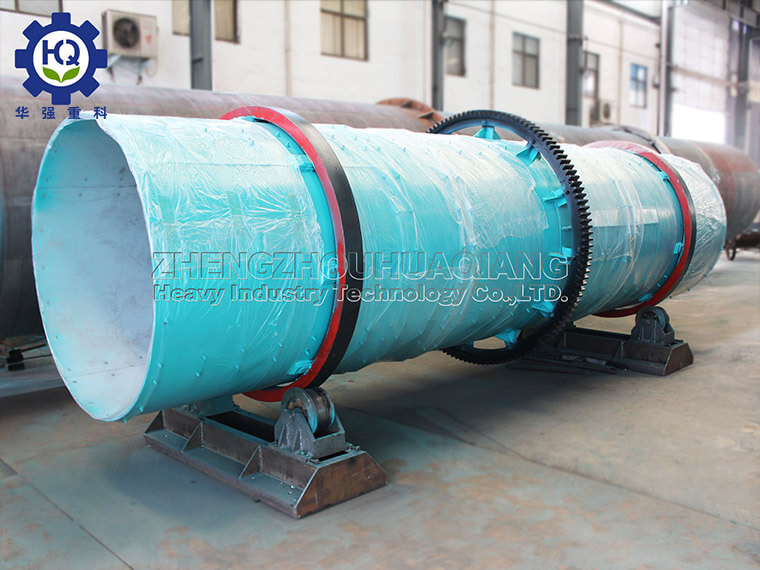the impact of the working temperature of the pig manure organic fertilizer granulator on product quality
The working temperature of the pig manure organic fertilizer granulator has a significant impact on product quality, directly affecting the physical and chemical properties of the final product, as well as production efficiency and energy consumption.
Influence of physical properties:
Low working temperature may result in ineffective evaporation of moisture in pig manure raw materials, causing the particles produced by the organic fertilizer granulator to be too wet, affecting storage and transportation.
Excessive working temperature may cause the surface of particles to harden excessively, while maintaining a high level of moisture inside. Such particles are prone to cracking or deformation during subsequent drying and storage processes.
The appropriate working temperature can ensure that the particles have moderate hardness and strength, which is convenient for subsequent processing and use.
Chemical properties influence:
High temperatures may accelerate the thermal decomposition of organic matter in pig manure, alter its chemical structure, and affect the fertilizer composition of the product.
High temperatures may also promote the generation of certain harmful substances, such as volatile organic compounds like ammonia, which may cause environmental pollution.
Production efficiency and energy consumption:
A higher working temperature usually means a faster rate of water evaporation, which can improve production efficiency but also increase energy consumption.
If the working temperature is too high, it may cause excessive wear and tear of the equipment, shorten its service life, and increase maintenance costs.
Microbial activity:
Pig manure contains a large number of microorganisms, and a suitable working temperature is conducive to microbial activity, fermentation, and organic matter conversion in pig manure.
If the working temperature is too high or too low, it may inhibit the activity of microorganisms, affecting the fermentation effect and subsequent fertilizer performance of pig manure.
Therefore, when operating the pig manure organic fertilizer granulator, it is necessary to strictly control the working temperature to ensure that the produced organic fertilizer products have good physical and chemical properties, while ensuring the efficiency and environmental protection of the production process. Usually, this requires experimental determination of the optimal operating temperature range and fine-tuning in actual production to adapt to changes in seasons and raw material conditions.

.jpg)

.jpg)
.jpg)



.jpg)